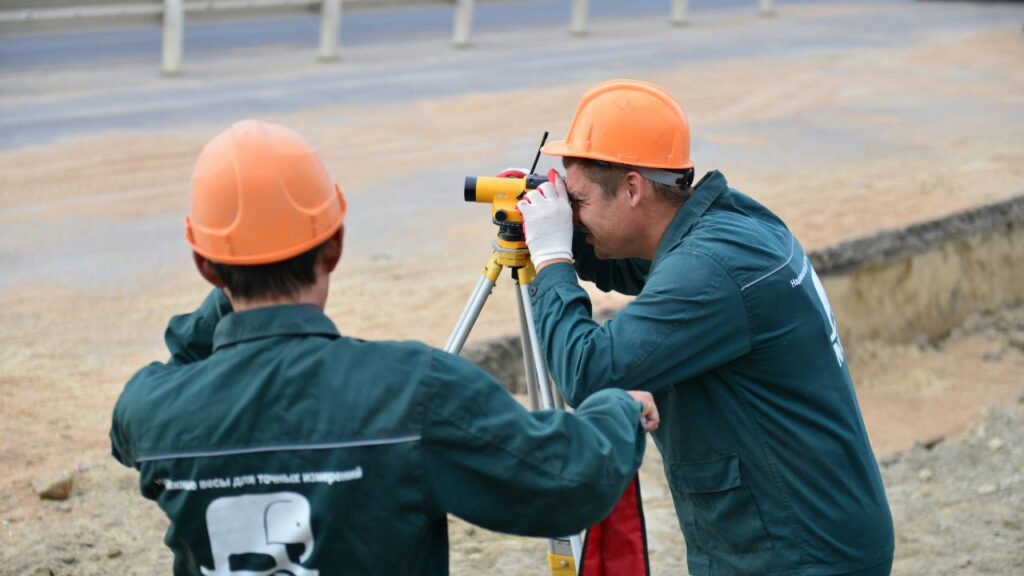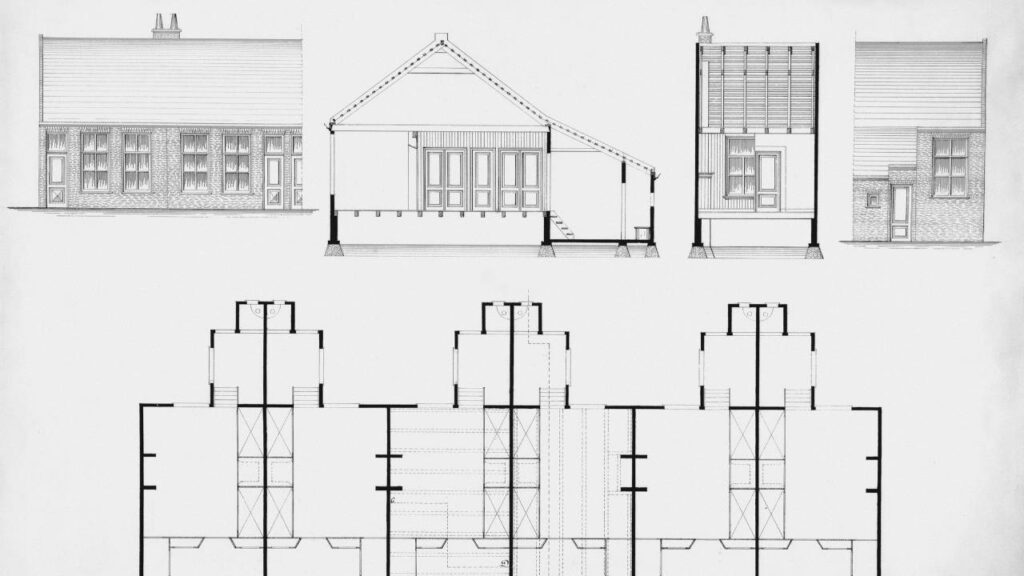
Maintaining accuracy in building inspections is critical for ensuring every construction project meets safety standards and complies with regulations. Accurate inspections rely on the use of precisely calibrated tools and adherence to proven procedures, allowing professionals to identify potential risks and quality issues early. By focusing on these essential elements, inspectors support the long-term safety, reliability, and value of completed buildings.
Why Accuracy Matters in Construction Inspections

Accuracy in construction inspections plays a crucial role in ensuring projects meet legal and safety requirements. Inaccurate readings can result in non-compliance with building codes, putting both people and property at risk.
Mistakes in inspection data often lead to costly rework or project delays. Studies show that rework significantly impacts construction cost performance, making accuracy not just a quality issue, but a financial one. If issues go unnoticed, contractors may have to undo and redo significant portions of the work, wasting both time and resources.
Clients rely on precise inspection outcomes to trust that their buildings are safe and built to standard. Any errors may cause a loss of client confidence and damage reputations in the industry.
For inspectors, maintaining accuracy is essential for professional credibility and job performance. Incorrect reports can lead to liability issues and professional criticism.
Contractors benefit from accurate inspections by being able to plan and execute their projects smoothly. It also decreases the likelihood of disputes or misunderstandings with regulatory authorities.
The Importance of Tool Calibration in the Field
Accurate readings during building inspections depend heavily on well-calibrated and maintained equipment. Tools such as thermal imaging cameras, multimeters, moisture meters, and laser levels all require periodic calibration to deliver reliable results.
Even the slightest deviation from factory specifications can cause errors in measurement, potentially leading to overlook of vital issues or unnecessary remediation. Calibrating these tools involves comparing their output against known standards and making necessary adjustments to correct any inconsistencies.
To avoid inaccurate assessments during inspections, many professionals use precision-calibrated tools serviced by companies like Calibration Lab Ireland. Using regularly calibrated equipment ensures compliance with industry standards and increases the credibility of an inspector’s report.
Routine calibration also extends the longevity of tools and minimises the risk of faulty assessments, which can impact safety and legal compliance. Neglecting calibration can cause discrepancies in readings, making inspections less effective and potentially compromising the integrity of the process.
Common Mistakes That Lead to Inaccurate Inspection Results

One frequent mistake is relying on outdated tools or equipment. As technology and standards evolve, older devices may no longer provide results that meet current requirements. This can lead inspectors to overlook defects or misjudge compliance.
Ignoring environmental conditions during an inspection can also impact accuracy. Factors such as lighting, dampness, and temperature can influence readings from certain instruments. Inspectors who do not take these variables into account risk drawing incorrect conclusions.
Factory calibration of measuring devices is often assumed to be permanent, but regular recalibration is needed. Instruments used day-to-day can drift from their initial settings, resulting in skewed measurements. Skipping recalibration can therefore compromise inspection integrity.
Even simple oversights—such as neglecting fixed appliance testing in compliance reviews—can result in missed hazards and failed inspections.
Another common issue is insufficient documentation. Failing to record findings clearly or thoroughly may lead to misunderstandings or lost information, impacting the assessment’s accuracy and the follow-up process.
Inadequate training or overreliance on experience alone may lead inspectors to overlook newer standards or best practices. Continuous professional development is essential to maintain accuracy throughout the inspection process.
Supporting Roles: Training, Standards, and Safety Protocols
Accuracy in building inspections relies not only on high-quality equipment, but also on the skill and expertise of the inspection team. Inspectors must possess up-to-date knowledge of the latest standards and practices.
Structured training programmes are essential for equipping staff with the necessary technical know-how and practical experience. Ongoing professional development ensures that inspectors understand new regulatory requirements as they evolve.
Consistent adherence to recognised standards underpins inspection accuracy. When teams follow industry standards such as BS 7671 or appropriate building codes, the outcome is more reliable and compliant.
Clear safety protocols protect both inspectors and building occupants. Proper safety procedures support thorough, uninterrupted inspections, minimising the likelihood of errors due to unsafe practices.
Companies that invest in comprehensive electrical safety training are more likely to detect risks early and interpret results accurately during inspections.
Well-defined roles and regular collaboration between team members further support effective communication and critical cross-checks. This systematic approach provides an extra layer of quality control, reducing the chance of oversight.
Building a Routine: Maintenance, Documentation, and Audit Readiness

Establishing a consistent routine for maintenance and calibration is essential. Every building inspection team should have clearly defined schedules for inspecting, cleaning, and calibrating all tools and equipment. Keeping a log of each maintenance session helps ensure nothing is missed and all devices perform optimally.
It is advisable to create a written checklist for scheduled maintenance and calibration tasks. This checklist should specify dates, responsible personnel, and critical equipment items. Regular updates to the checklist provide a simple way to track completed activities and upcoming requirements.
Maintaining thorough and organised documentation is indispensable for audit readiness. Well-kept records of inspections, maintenance, repairs, and calibration support compliance with regulatory standards. Such documentation also allows quick reference in the event of an audit or legal enquiry.
Accurate and up-to-date records serve as proof of due diligence. They can protect building owners and inspectors should questions arise regarding inspection outcomes or equipment reliability. Documentation should be legible, timely, and securely stored for easy access.
Conclusion
Accurate building inspections rely on the effective collaboration of skilled professionals, established processes, and precision equipment. Each component supports the others and ensures inspections are thorough and reliable. Regular calibration of tools and ongoing training provide a cost-efficient means of maintaining high standards, minimising risks, and fostering trust with clients.